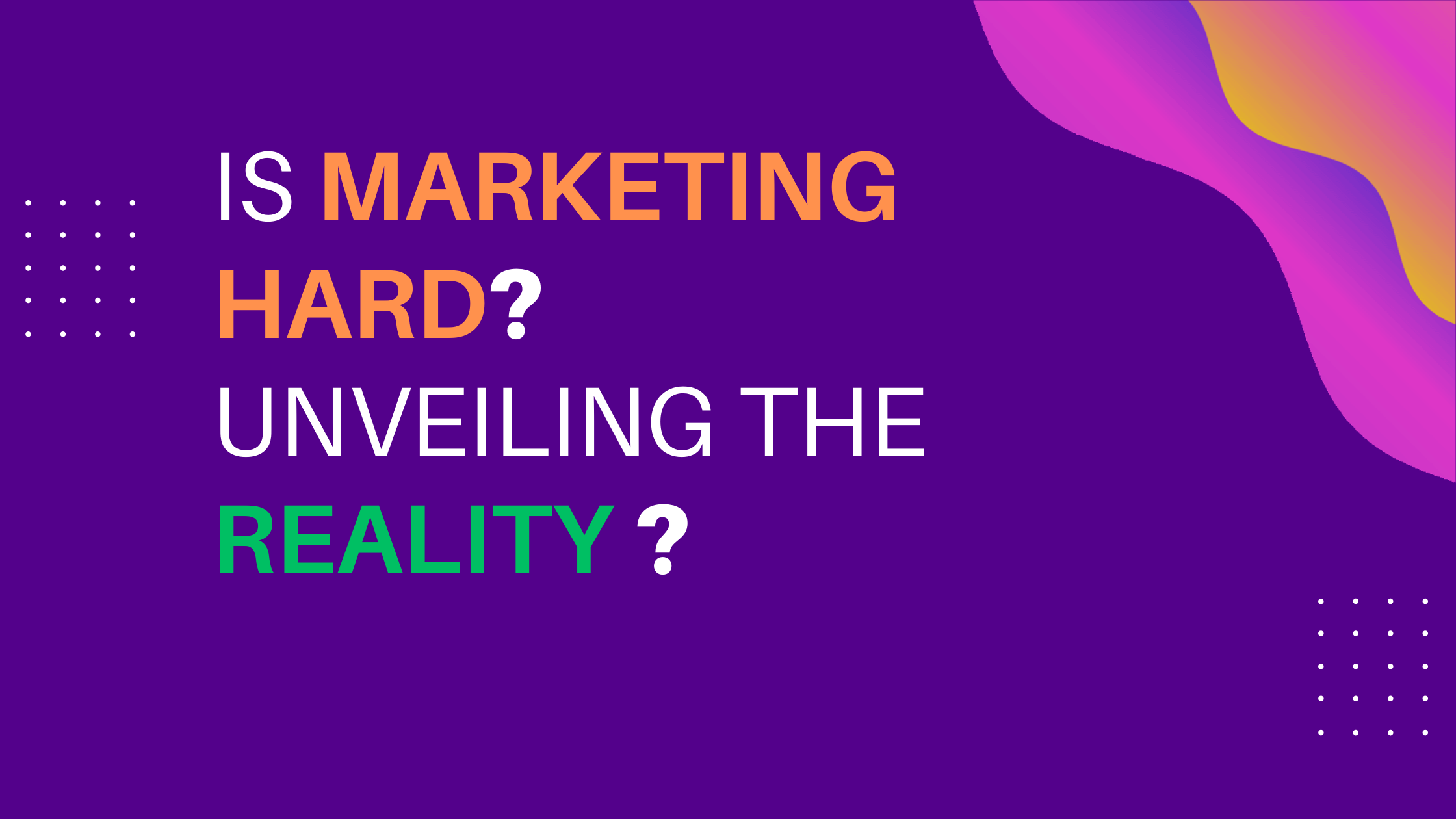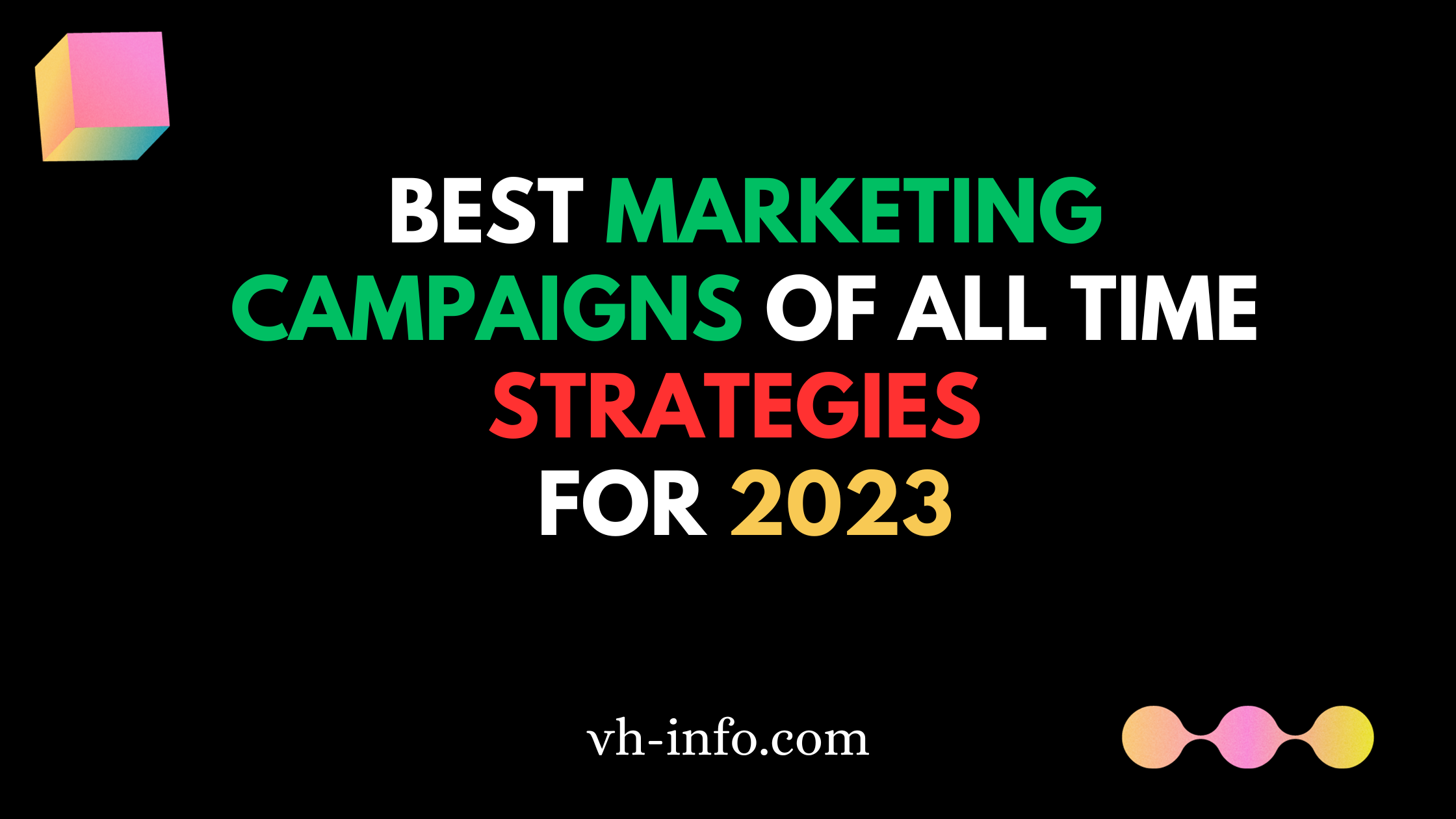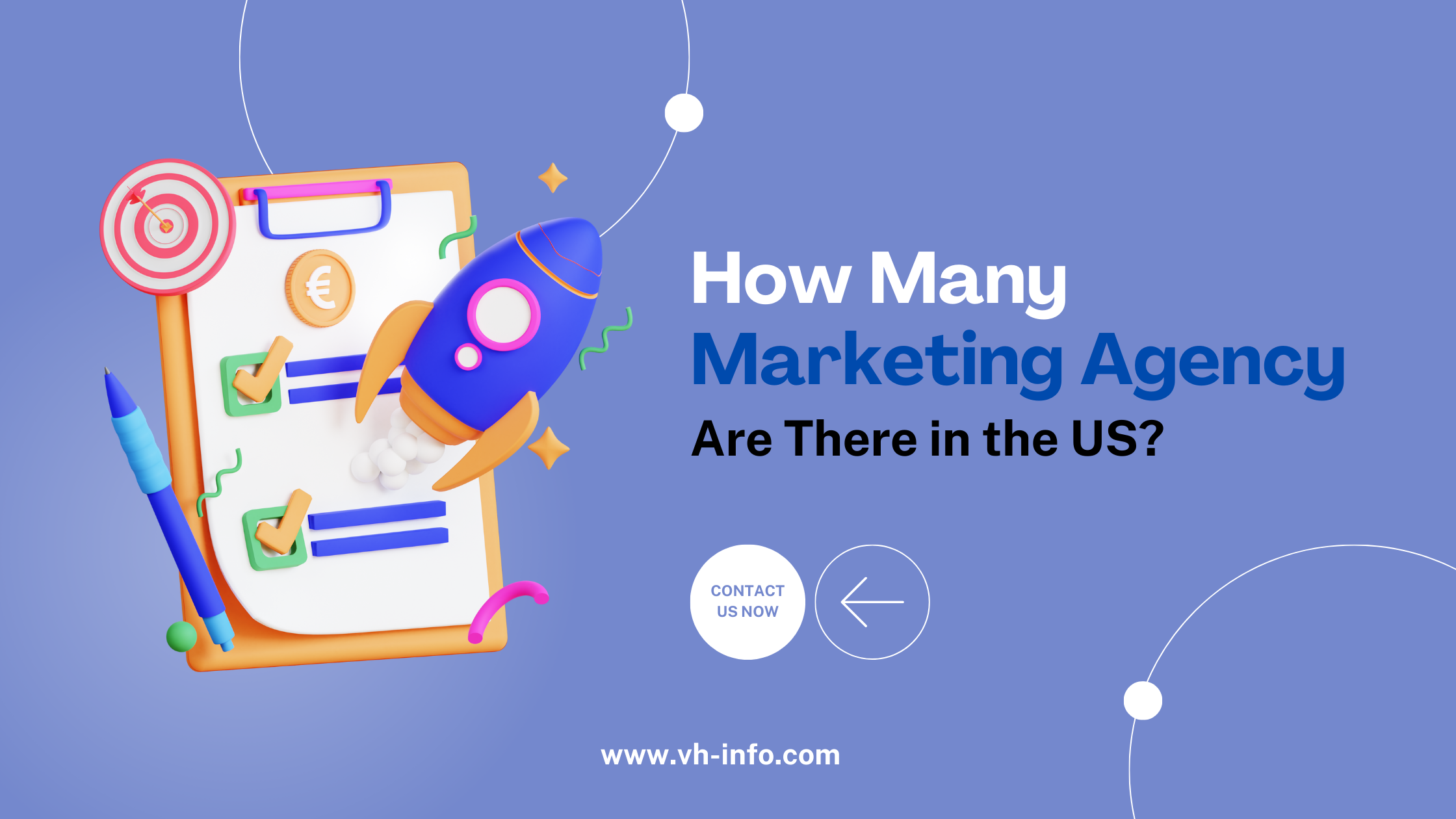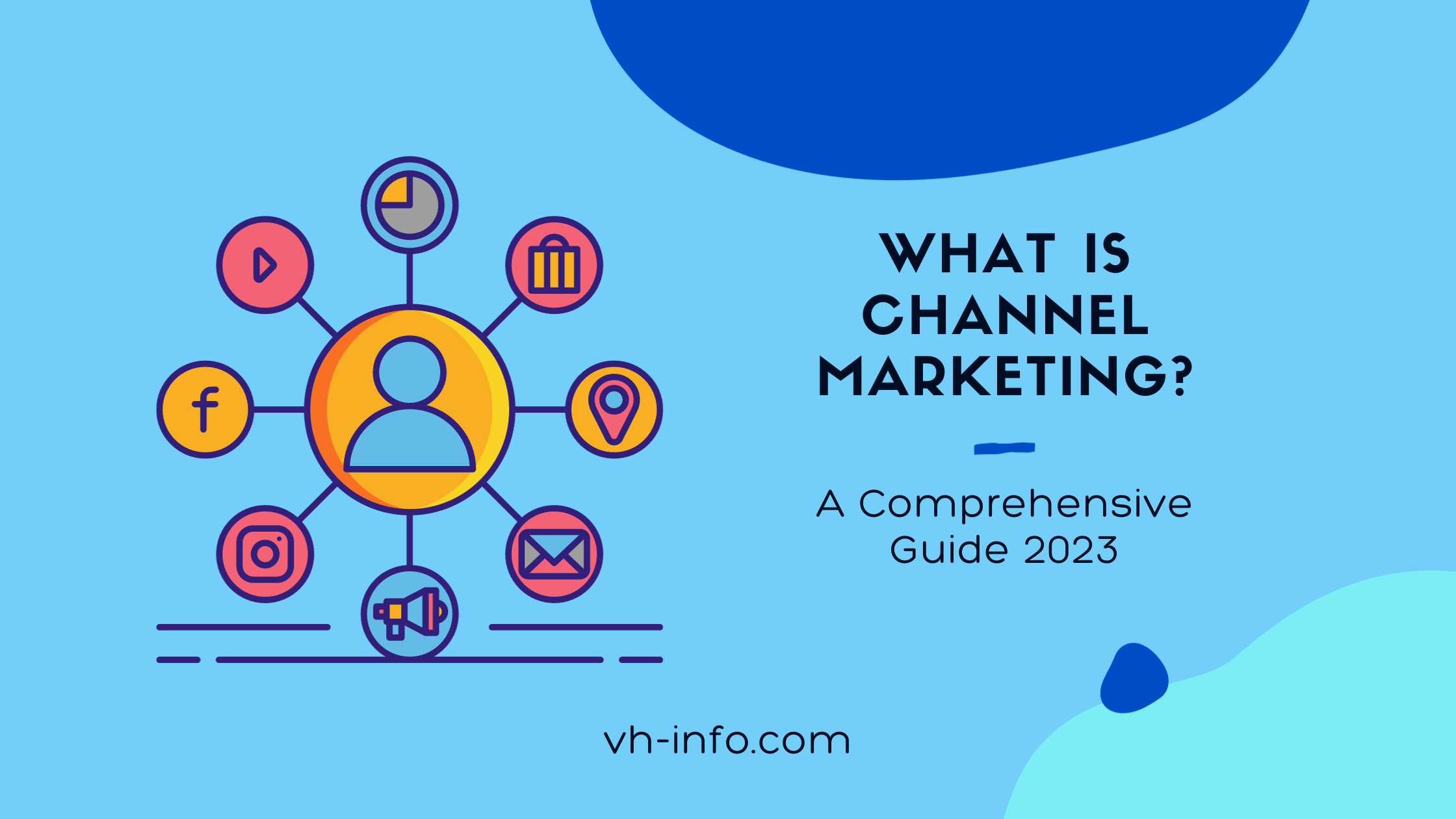
Is Marketing Hard? Unveiling the Reality
Marketing is a field that is often romanticized, with images of catchy slogans and innovative campaigns. However, as with any

Is Marketing Hard? Unveiling the Reality
Marketing is a field that is often romanticized, with images of catchy slogans and innovative campaigns. However, as with any

Best Marketing Campaigns of All Time: & Strategies for 2024
Marketing campaigns are one of the most effective ways to promote your brand and increase sales. A well-executed campaign can

How Many Marketing Agencies Are There in the US ?
Marketing is a vast industry with numerous agencies that cater to the needs of businesses across different niches. But just

What is Channel Marketing? (With Examples & Strategy)
Channel marketing is a term that you may have heard of before, but what exactly does it mean? In a

What is Relationship Marketing: A Comprehensive Guide
Relationship marketing is a strategy that focuses on building long-term relationships with customers rather than just trying to make a
WHAT WE
3rd floor, VHinfo, QRXG+CG9 Capital Market, Canal Rd, chokdi, Ravapar, Morbi, Gujarat 363641
14 Main Street, Suite 401, New York, NY 10004
Vh-info © 2025 | All Rights Reserved